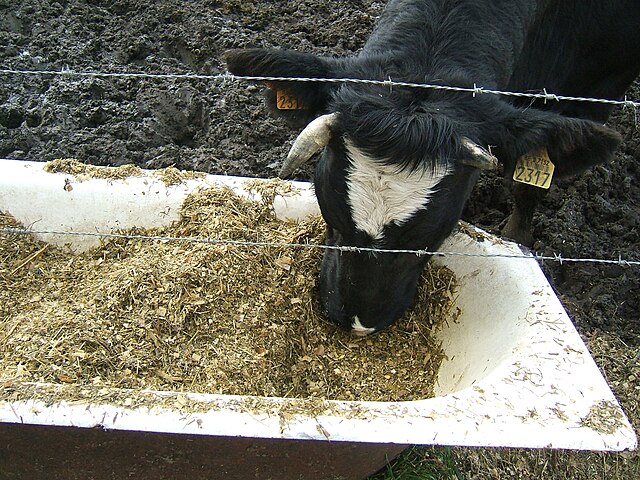News brief: Research in a province in Poland reveals the secret to better milk production through specially-produced corn silage.
Research by John Deere and the University of Life Sciences shows that the use of corn silage prepared with long-cutting technology increases milk yields of cows and reduces methane emissions into the atmosphere.
Every farm owner realizes the importance of machinery efficiency and technological advances. Today, most are focused on maximizing profits, saving time and making the best possible product. Field choppers are commonly used on farms focused mainly on industrial production, where crops are grown for silage.
The technology sewn into these machines directly affects the digestibility and assimilation of nutrients by animals. Chaff quality is crucial in agricultural production, as it directly affects the nutritional value of silage and the health and performance of livestock. Proper selection and control of chaff quality are therefore essential for obtaining high-quality silage and maintaining good animal health.
Long chaff in cattle feeding
John Deere, for the purpose of gaining more knowledge and drawing conclusions, is cooperating with the University of Life Sciences in Poznań to better understand the essence of the problem and, consequently, prepare the best possible solutions for farmers, so that their work is as efficient, productive and carried out in calm, stress-free conditions as possible.
It was decided to conduct research related to the feeding of dairy cows using corn silage prepared using long-cut technology. The research team was led by Prof. Dr. Adam Cieslak, and the research was conducted on the Snel family farm in Baszkow (Krotoszyn county, Greater Poland province). What was the research based on and what results were recorded?
The hypothesis of the study was that the use of corn silage prepared by long-cutting technology in the feeding of high-yielding dairy cows has a positive effect on milk yield, milk composition and reduction of methane emissions. The results confirmed the hypothesis. The reduction in methane with the use of long-cut silage was 9 percent, and there was also an increase in productivity – from one cow about 1.5 liters of milk per head per day, says Prof. Adam Cieślak, who led the study.
Better TMR and professional equipment
Another important thing was the observation that: going with traditional cow rations, in order to balance the traditional cow’s ration, straw cut into appropriate sections had to be added, and by making the silage long, it provided structure to the TMR. This is therefore better for cows. “There is no need to add straw, which also saves farmers time,” argues Matthew Janicki, Product Sales Specialist Combines & SPFH. “TMR is a feeding system for dairy cows in which all roughage, concentrates, minerals and other additives are fed together after being mixed together as a complete feed,” Mateusz Janicki adds.
With the help of professional machinery, harvesting can be much quieter, more professional and productive. In order to fully supervise the machinery production process and create the best and most effective components and technologies, the tycoons in the agricultural market decide to organize appropriate tests, research and analysis.
“The greater the knowledge of chaff quality, the easier it is to prepare appropriate technologies and satisfy farm owners,” says Matthew Janicki, Product Sales Specialist Combines & SPFH.
Source: Agrofoto.pl
